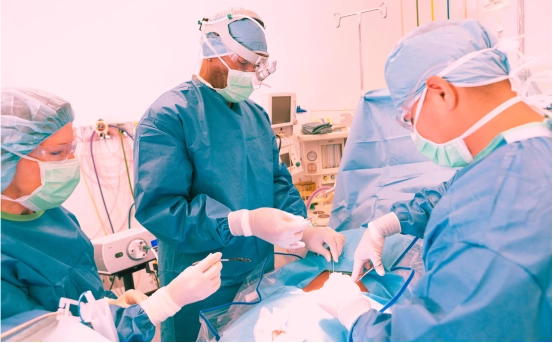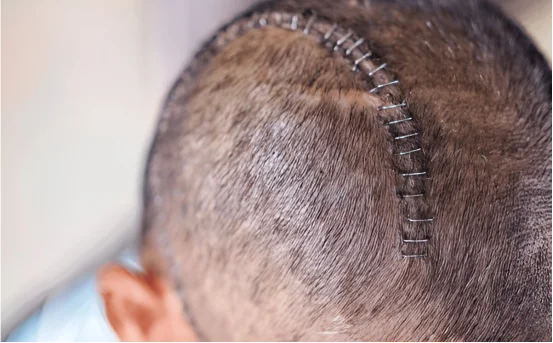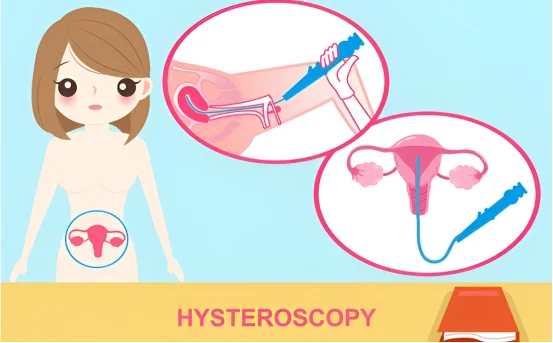Lower Segment Cesarean Section (LSCS) is one of the most commonly performed surgical procedures in obstetrics. It refers to a type of cesarean delivery in which the baby is delivered through an incision made in the lower segment of the uterus. This method is preferred by obstetricians due to its relatively lower risk of complications, faster healing time, and reduced blood loss compared to the classical cesarean approach.
The birth of a child is a deeply emotional and transformative event for any family. While many births occur through the natural vaginal route, cesarean deliveries have become increasingly common and, in some cases, necessary for the safety of both mother and baby. Among the different types of cesarean procedures, the Lower Segment Cesarean Section (LSCS) is the most widely performed and preferred surgical method across the globe.
What is Lower Segment Cesarean Section?
A Lower Segment Cesarean Section (LSCS) involves making a horizontal (transverse) incision just above the pubic hairline in the lower portion of the uterus. This area is thinner and less muscular, which leads to a safer procedure with fewer risks of uterine rupture in future pregnancies. LSCS is now the standard approach for cesarean deliveries worldwide.
It can be either elective (planned in advance) or emergency (performed due to unexpected complications during labor or late pregnancy).
Indications for LSCS
Doctors may recommend a Lower Segment Cesarean Section for various medical reasons, such as
-
Previous cesarean delivery
-
Placenta previa (placenta covering the cervix)
-
Fetal distress
-
Cephalopelvic disproportion (baby’s head is too large for the birth canal)
-
Multiple pregnancies (twins or more)
-
Breech or abnormal fetal position
-
Maternal health conditions (like hypertension, diabetes, or infections)
Even in some elective cases, patients may choose LSCS for personal or psychological reasons, after discussing with their healthcare provider.
Preoperative Preparation
Before the LSCS, you will undergo a series of assessments and preparations
-
Medical Evaluation :- A complete medical history and physical examination are conducted, along with necessary blood tests and imaging if required.
-
Consent and Counseling :- Your doctor will explain the procedure, associated risks, and obtain written consent.
-
Fasting Guidelines :- You’ll be advised to avoid food and drinks for 6–8 hours before surgery.
-
Shaving and Cleaning :- The lower abdomen area may be shaved and cleaned to reduce infection risk.
-
IV Line and Monitoring :- An intravenous (IV) line will be placed to administer fluids and medications, and vital signs will be closely monitored.
-
Anesthesia :- Regional anesthesia (usually spinal or epidural) is commonly used, which numbs the lower half of the body while keeping you awake. In rare or emergency cases, general anesthesia may be required.
Procedure of Lower Segment Cesarean Section
Once the preoperative preparations are complete, the surgical procedure begins. Here’s what typically happens during a Lower Segment Cesarean Section
- Positioning and Sterilization :- You’ll be positioned on the operating table, and a sterile drape will be placed to create a clean field. Your abdomen will be disinfected with an antiseptic solution.
- Skin Incision :- The surgeon makes a horizontal incision (commonly called a bikini cut) in the lower abdominal wall, usually about 10–15 cm long. This cut goes through the skin and underlying fat and muscle layers.
- Uterine Incision :- After reaching the uterus, a similar horizontal incision is made in the lower uterine segment. This area is thinner and stretches more easily, which facilitates safe delivery.
- Delivery of the Baby :- Once the uterus is opened, the amniotic sac is ruptured if still intact, and the baby is gently delivered. The head is usually delivered first (unless in breech), followed by the shoulders and rest of the body.
- Cord Clamping and Removal of Placenta :- The umbilical cord is clamped and cut. Then, the placenta is removed manually or allowed to separate naturally. The uterine cavity is cleaned to remove any clots or debris.
- Suturing :- The uterine incision is closed using absorbable sutures. The abdominal layers muscles, fascia, and skin are then carefully stitched in layers. In most cases, absorbable sutures or skin staples are used for the skin closure.
Immediate Postoperative Care
After the surgery, you’ll be shifted to a recovery room for monitoring. Vital signs are checked frequently, and your pain levels are managed with appropriate medications.
You may feel groggy or nauseated initially due to the anesthesia, but these symptoms typically wear off within a few hours. The catheter inserted into your bladder will remain in place for around 12–24 hours.
You’ll be encouraged to start moving and walking within 12–24 hours after surgery to reduce the risk of blood clots and to promote faster recovery.
Recovery and Healing
Recovery after LSCS usually takes longer than vaginal birth. However, with proper rest and care, most women start feeling significantly better within a week. Here are a few important recovery tips
-
Pain Management :- Painkillers and anti inflammatory medications help manage discomfort during the first few days.
-
Wound Care :- Keep the incision area clean and dry. Watch for signs of infection like redness, swelling, or pus.
-
Activity :- Avoid lifting heavy objects or strenuous activities for at least 6 weeks.
-
Breastfeeding :- You can start breastfeeding as soon as you feel comfortable. Nurses and lactation consultants can assist with finding a comfortable position.
Risks and Complications
Although LSCS is a safe and routine procedure, it does carry some risks, including
-
Infection of the incision or uterus
-
Excessive bleeding
-
Reactions to anesthesia
-
Blood clots
-
Injury to surrounding organs (rare)
-
Adhesions or scar tissue formation
Timely postnatal follow up and adherence to medical advice can significantly reduce these risks.
Impact on Future Pregnancies
If you’ve had an LSCS, it doesn’t always mean you’ll need one in future pregnancies. Depending on the reasons for the first cesarean and your overall health, you may be a candidate for VBAC (Vaginal Birth After Cesarean).
However, it’s essential to have a detailed discussion with your obstetrician about the best delivery plan for future pregnancies, as repeat cesareans may be safer in certain cases.
Conclusion
A Lower Segment Cesarean Section is a commonly performed and generally safe procedure for delivering babies when vaginal delivery is not advisable. Understanding the steps involved, from preparation to recovery, can help expecting mothers feel more confident and informed.























